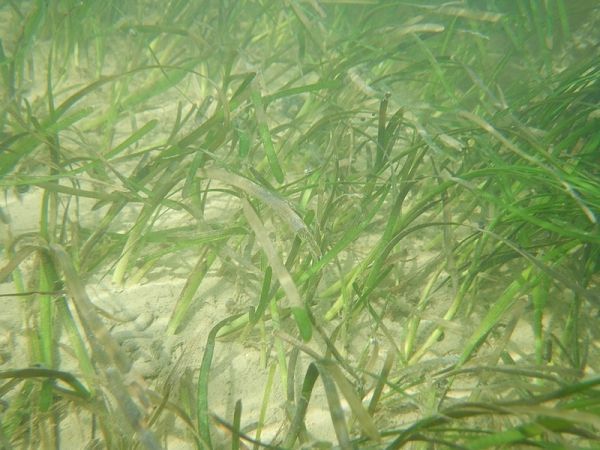Losses of important eelgrass meadows in western Sweden since the 1980s have led to considerable bottom erosion and the release of carbon and nitrogen; substances that contribute to increasing climate change and eutrophication. This is shown in a new study by researchers at the University of Gothenburg, Stockholm University, Åbo Akademi University and the University of Southern Denmark, published in the journal Ecosphere.
Eelgrass beds play an important role for coastal ecosystems and provide humans with several valuable ecosystem services. They constitute important habitats for cod and other commercial dish species, they increase biodiversity and provide clearer water by stabilizing the bottom. They also capture and store organic material rich in carbon and nutrients for a long time in the sediment, which reduces climate effects and eutrophication. The ongoing loss of eelgrass meadows along e.g. the Swedish West Coast worries researchers that carbon and nutrients can be released from sediment when the protective meadow disappears. However, studies on this have been lacking.
Eelgrass Beds Prevent Emissions
An international research group, led by researchers at the University of Gothenburg, is now publishing a study in the journal Ecosphere, which for the first time can show that losses of eelgrass give rise to significant emissions of both carbon and nutrients to the environment. The researchers compared sediments in eelgrass meadows with areas where the meadows have been lost in southern Bohuslän on the Swedish west coast, where large losses of eelgrass have occurred since the 1980s. The results show that Bohuslän's eelgrass beds are unusually efficient at storing both carbon and nutrients in the sediment, especially meadows in wave-protected areas that have unusually high levels.
Read more at University of Gothenburg
Photo Credit: Nozères, Claude via Wikimedia Commons


